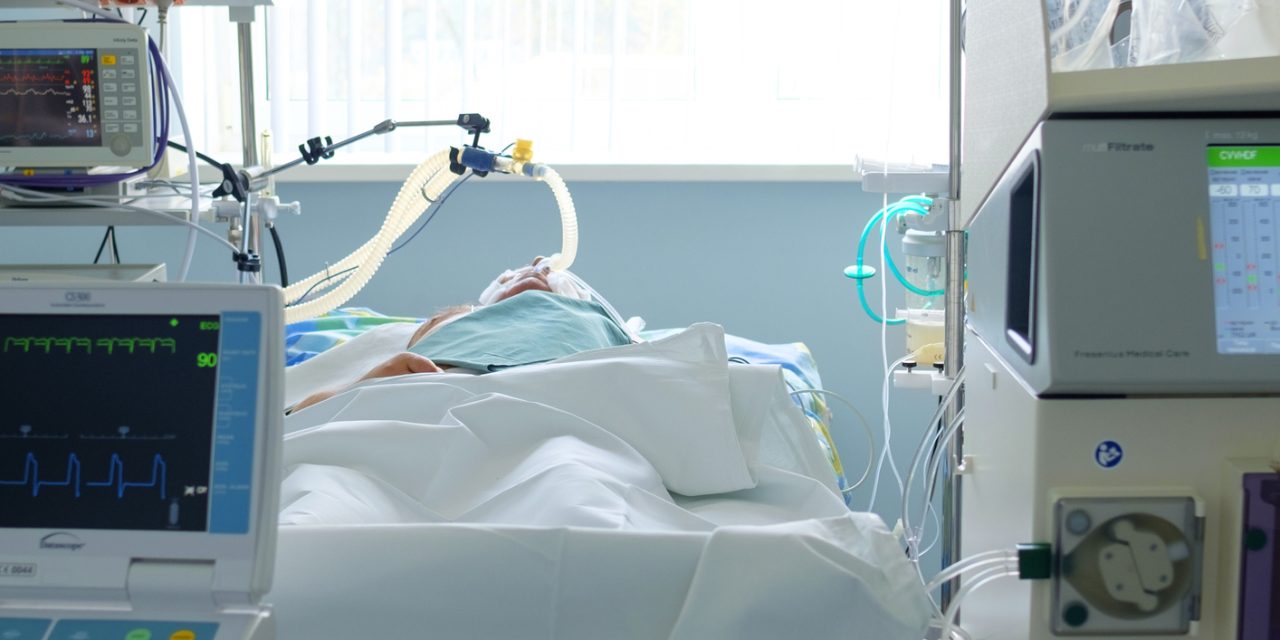The severe acute respiratory syndrome coronavirus 2 (SARS-CoV-2) is the third virus that caused coronavirus-related outbreaks over the past 20 years. The outbreak was first reported in December 2019 in Wuhan, China, but rapidly progressed into a pandemic of an unprecedented scale since the 1918 flu pandemic. Besides respiratory complications in patients with COVID-19, clinical characterization of severe infection cases showed several other comorbidities, including multiple organ failure, and septic shock. To better understand the systemic pathogenesis of COVID-19, we interrogated the virus’s presence in the peripheral blood cells, which might provide a form of trafficking or hiding to the virus. By analyzing >2 billion sequence reads of high-throughput transcriptome sequence data from 180 samples of patients with active SARS-CoV-2 infection or healthy controls collected from 6 studies, we found evidence of traces of SARS-CoV-2 RNA in peripheral blood mononuclear cells in two samples from two independent studies. In contrast, the viral RNA was abundant in bronchoalveolar lavage specimens from the same patients. We also devised a “viral spike-to-actin” RNA normalization as a metric to compare across various samples and minimize errors caused by intersample variability in total human RNA abundance. Our observation suggests immune presentation and discounts the possibility of extensive viral infection of lymphocytes or monocytes.
Traces of SARS-CoV-2 RNA in Peripheral Blood Cells of Patients with COVID-19.


